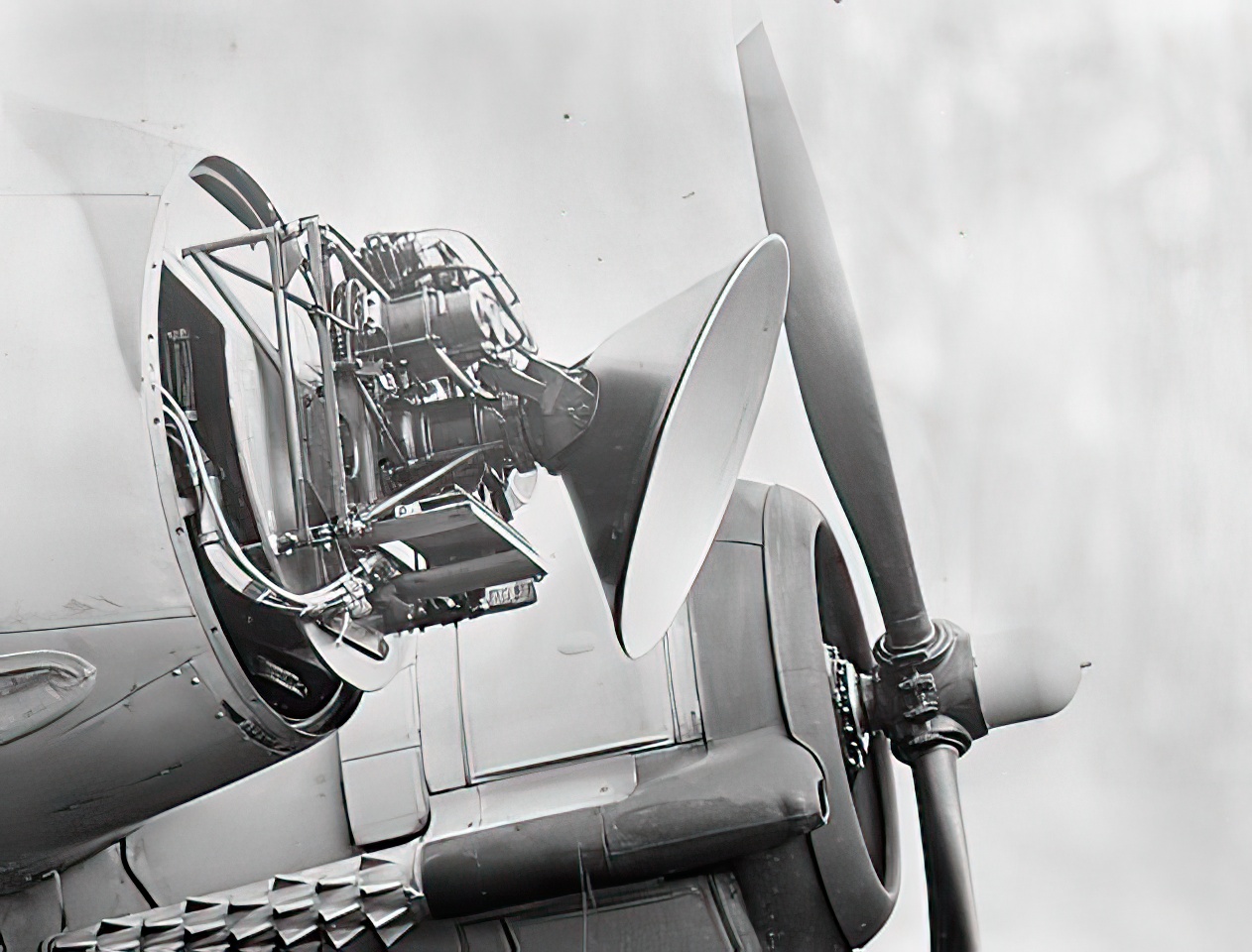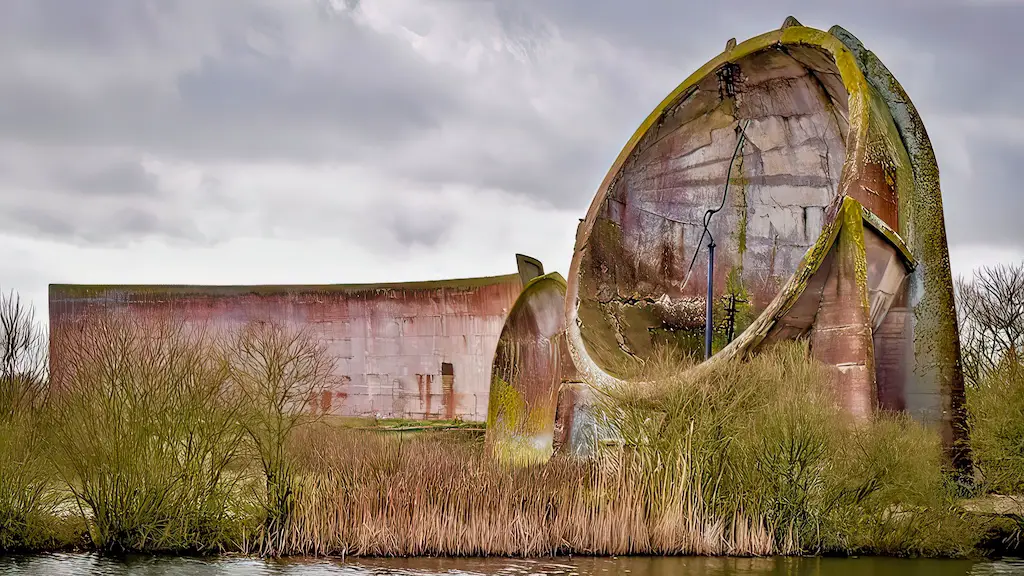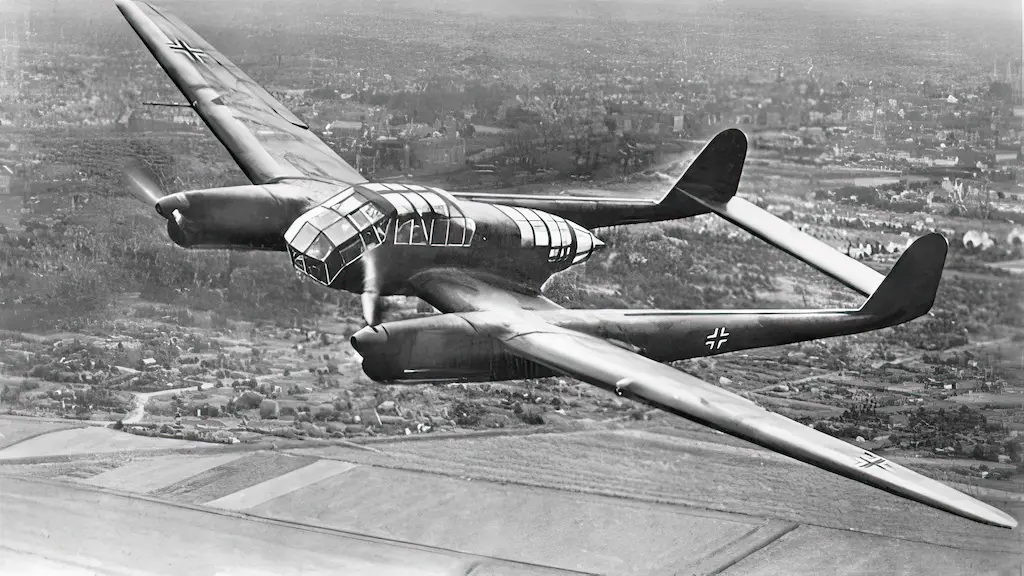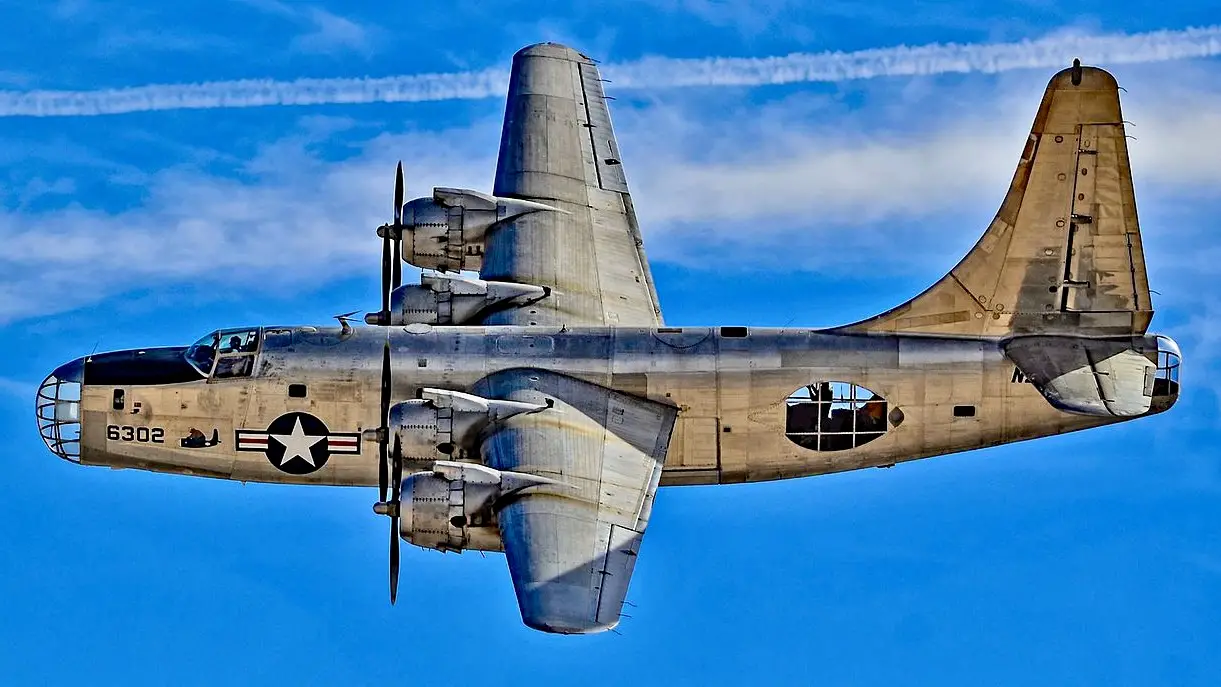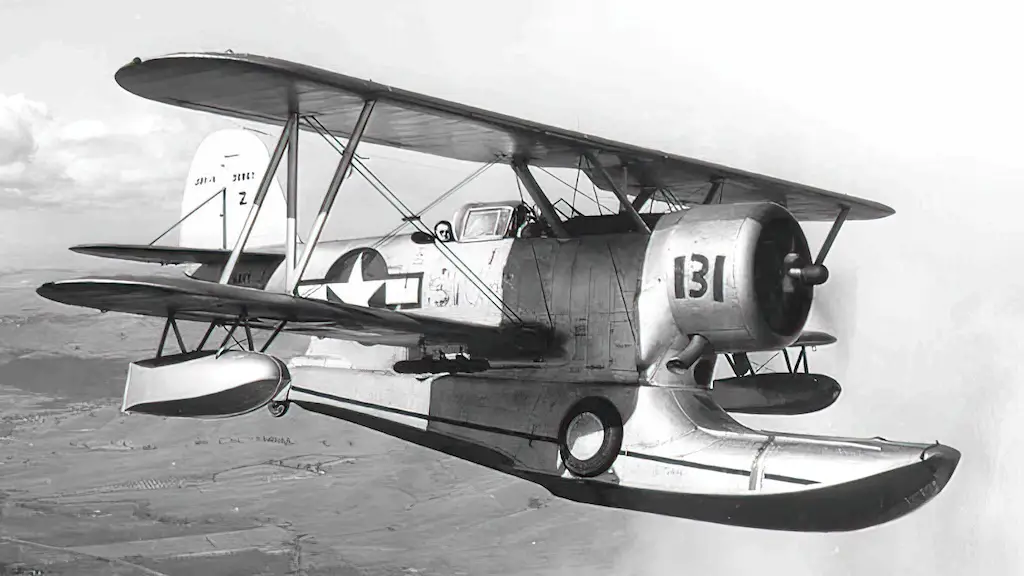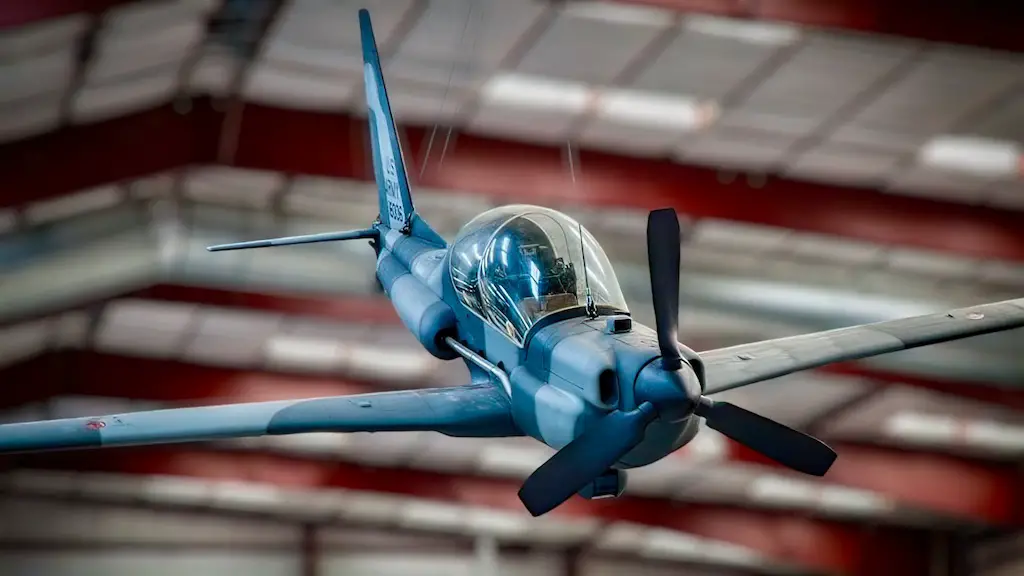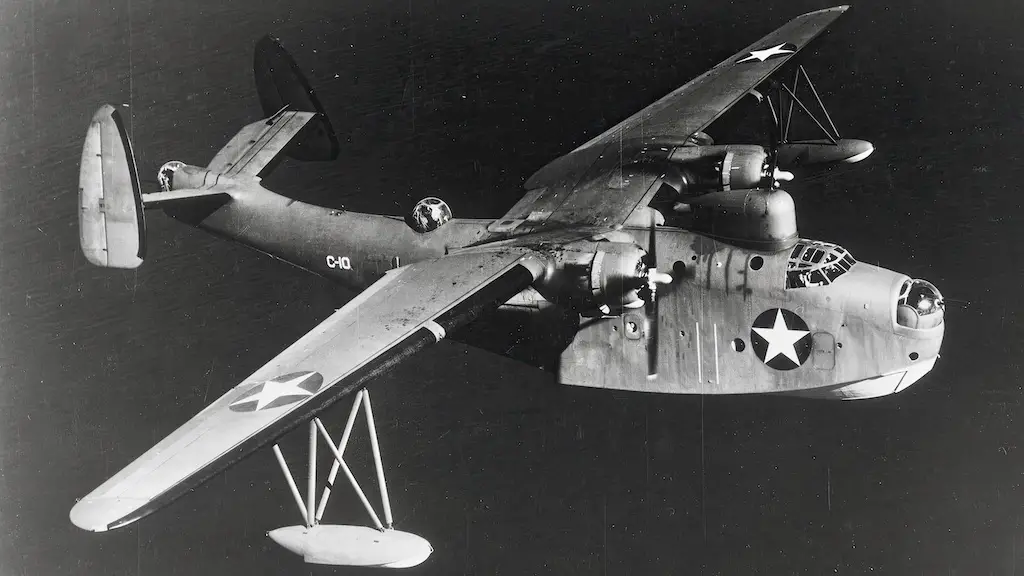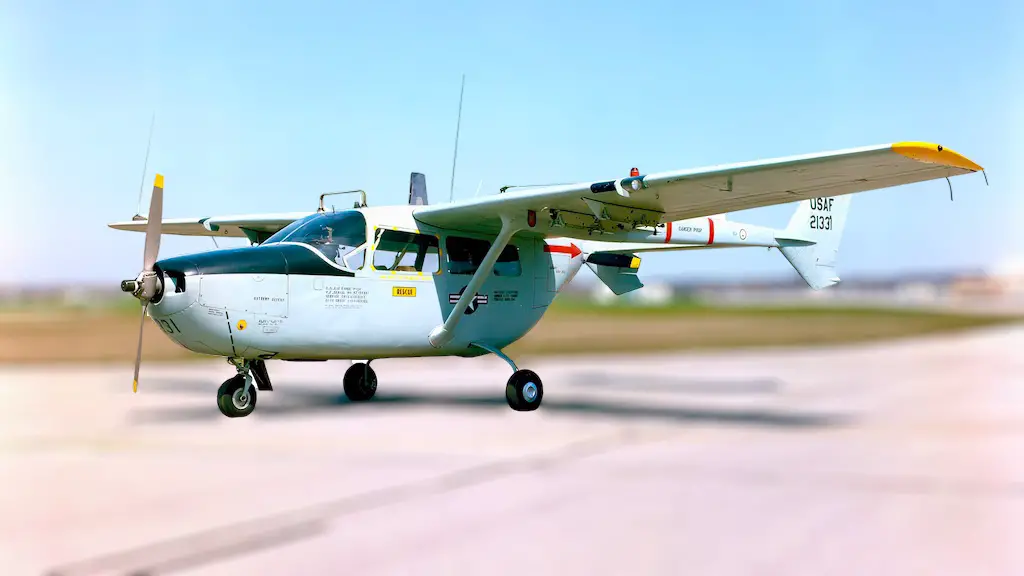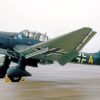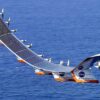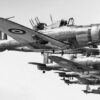Today radars are the cornerstone of any and all air defenses around the globe. However, that wasn’t the case during first four decades of aviation history. Radars started gaining widespread use only when the Second World War was in full swing. Before that, air defenders had to rely on visual spotting—using their own eyes and binoculars—and acoustic detection.
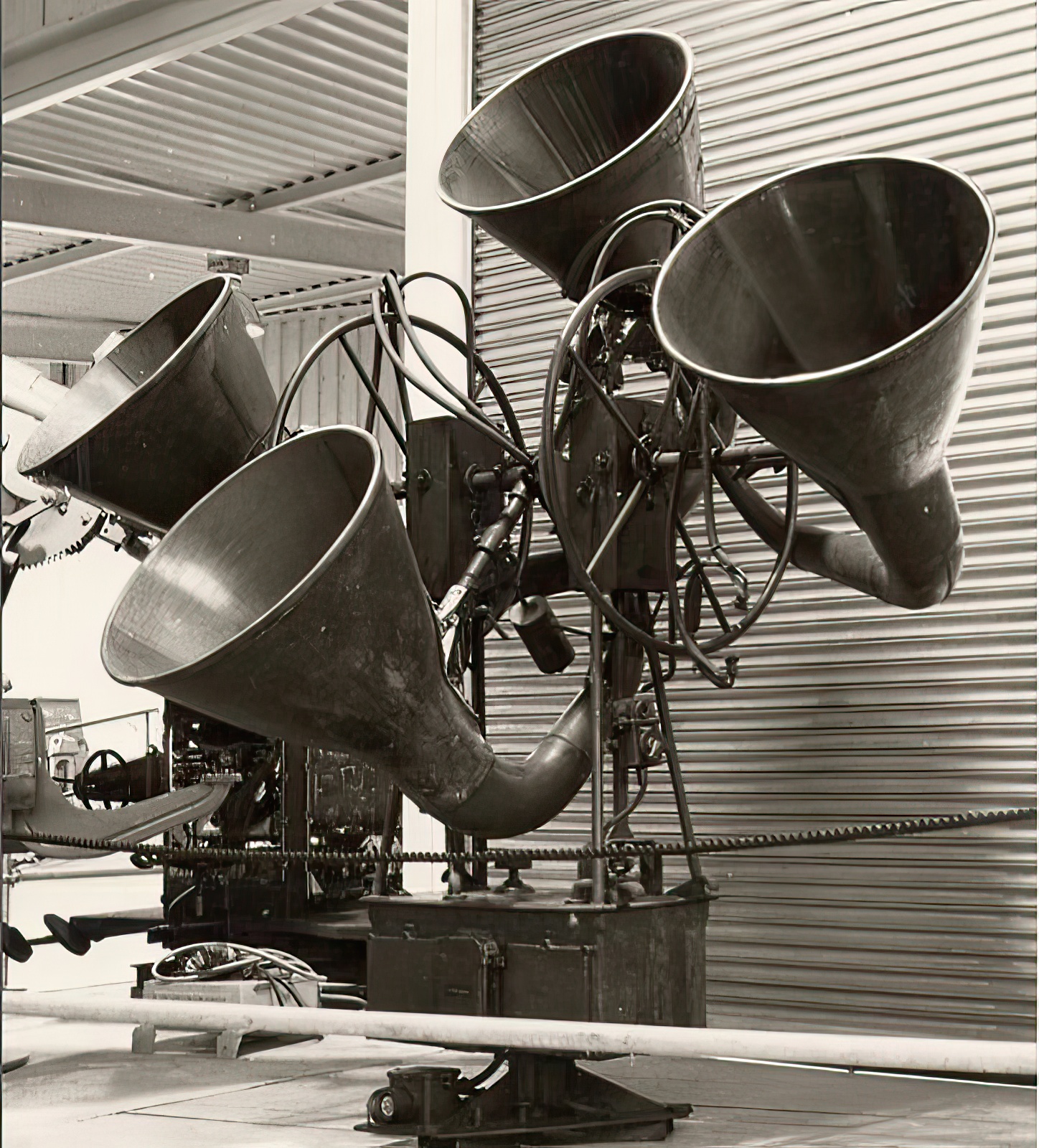
In fact, starting in WWI and throughout the interwar period acoustic detection devices enjoyed a lot of attention from military planners. Unlike visual spotting, acoustic detection was not hindered by clouds or folds in the terrain. During this time, a plethora of acoustic location devices of various sophistication was designed and introduced into service. Many of those looked much like brass musical instruments, which earned them such nicknames as “sound trumpets” and “war tubas.”
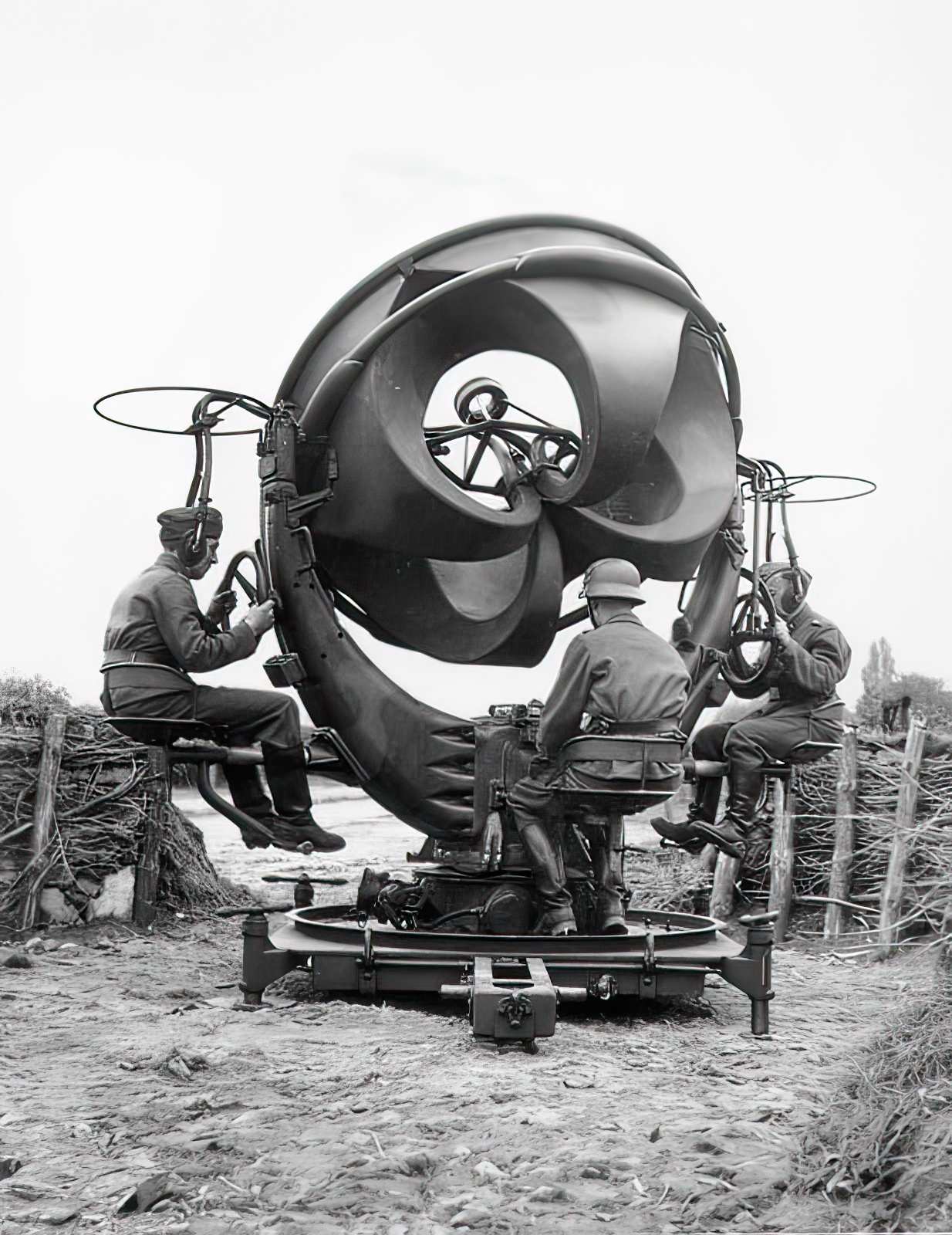
Spotting aircraft like a gun
When the aircraft began to be used in combat, people assigned to spotting and bringing them down, soon figured out that they could apply roughly the same technique as the one that was gaining use in artillery sound ranging. It involved deployment of a number of sensor posts, each of which produced a bearing to the source of the sound. The intersection of these bearings provided soundrangers with the location of the hostile artillery battery. In a similar fashion, air defenders of WWI started listening for the characteristic noise produced by aircraft engines to spot an incoming enemy airplane and identify its altitude and course.
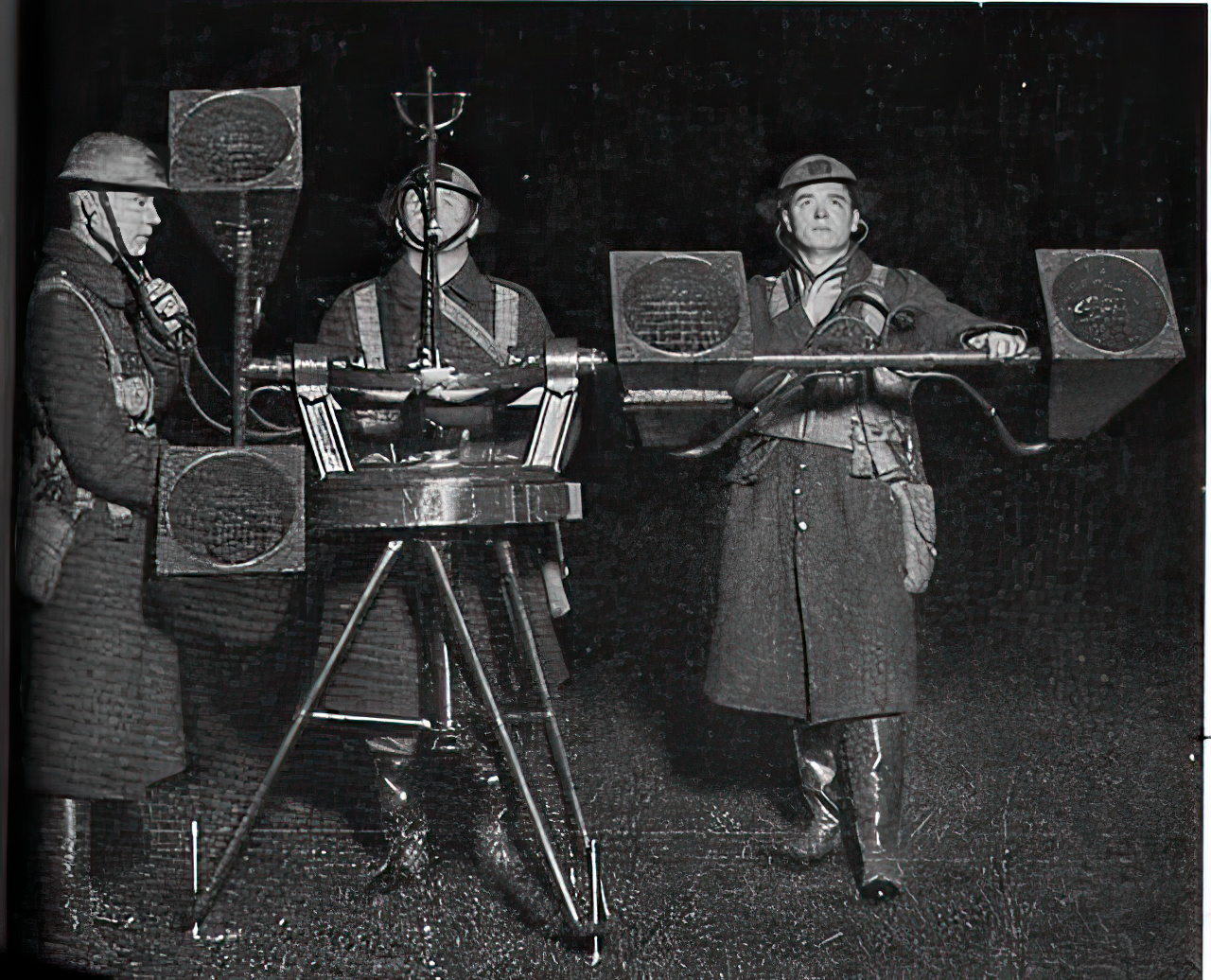
One of the first cases of using this technology was recorded in the fall of 1916. Alfred Rawlinson of the Royal Naval Volunteer Reserve, who was in command of a mobile anti-aircraft battery on the east coast of England, built an improvised listening device consisting of a pair of gramophone horns atop a rotating pole. Using several of these gizmos he was able to timely detect approaching German Zeppelins even in cloudy weather.
The age of war tubas
The interbellum period produced the greatest number of various listening devices across the world. While most of them were basically stethoscope earpieces linked to sound-absorbing elements, such as shells or horns, they differed greatly in the number of those elements, their size and outlook. Some had just one pair of acoustic horns, others several pairs. Some were almost gigantic, others more compact. Most were mounted on some sort of a tripod, a wheel carriage, or other platform and often required more than one person to operate. There were also smaller, portable personal sound locators worn on the head. Acoustic locators could be operated not just by the military but also by civil defense volunteers, such as the Royal Observer Corps in the UK.
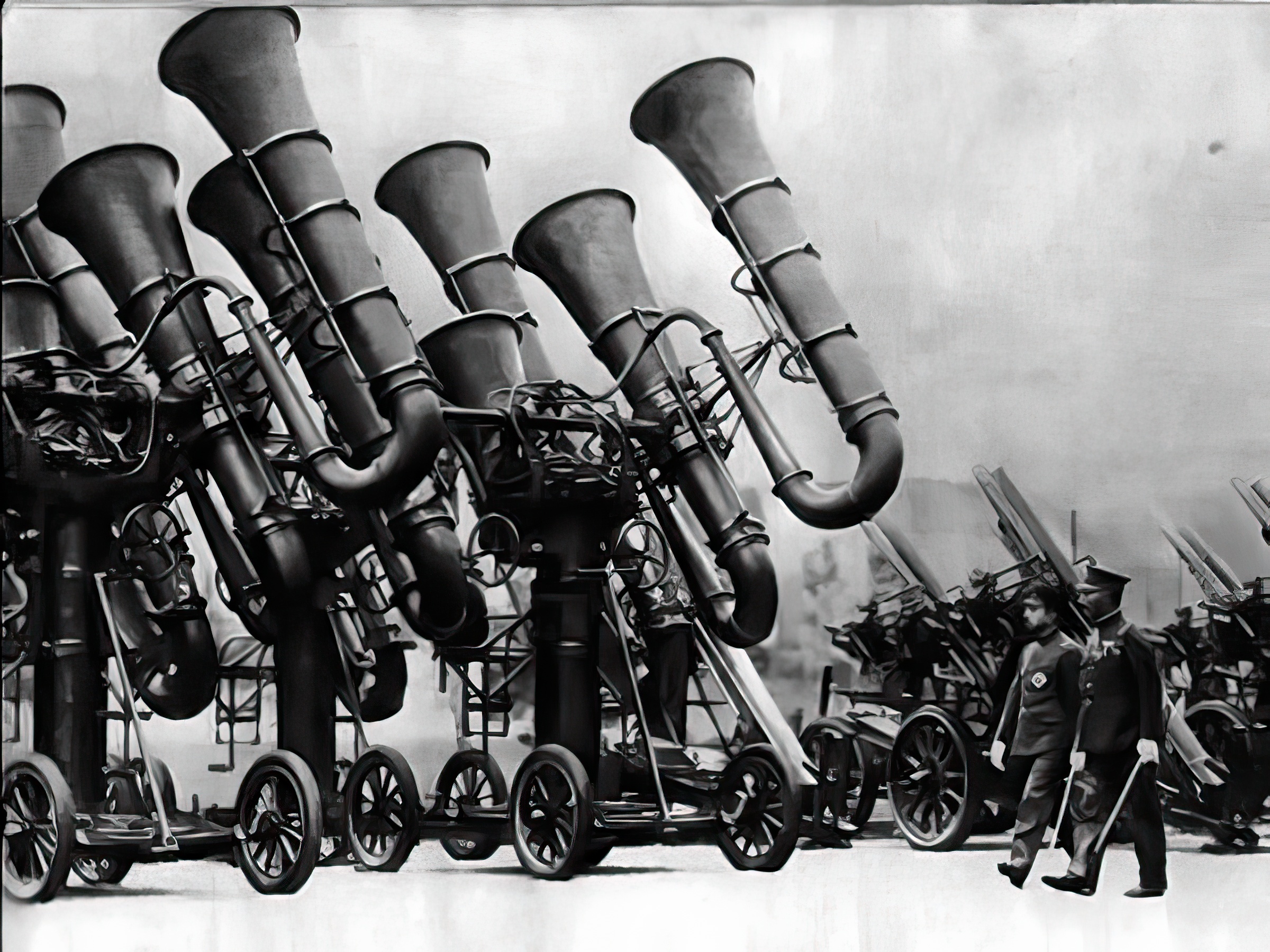
Acoustic mirrors
The British also built a whole network of concrete sound mirrors to amplify the aircraft engine noise. Their construction started during WWI and continued through 1930. Some of these installations scattered around a dozen locations on the southern and eastern coasts of England were shaped like a dish of 20 to 30 ft in diameter. Others were essentially long curved walls made of steel and concrete, spanning up to 200 ft.
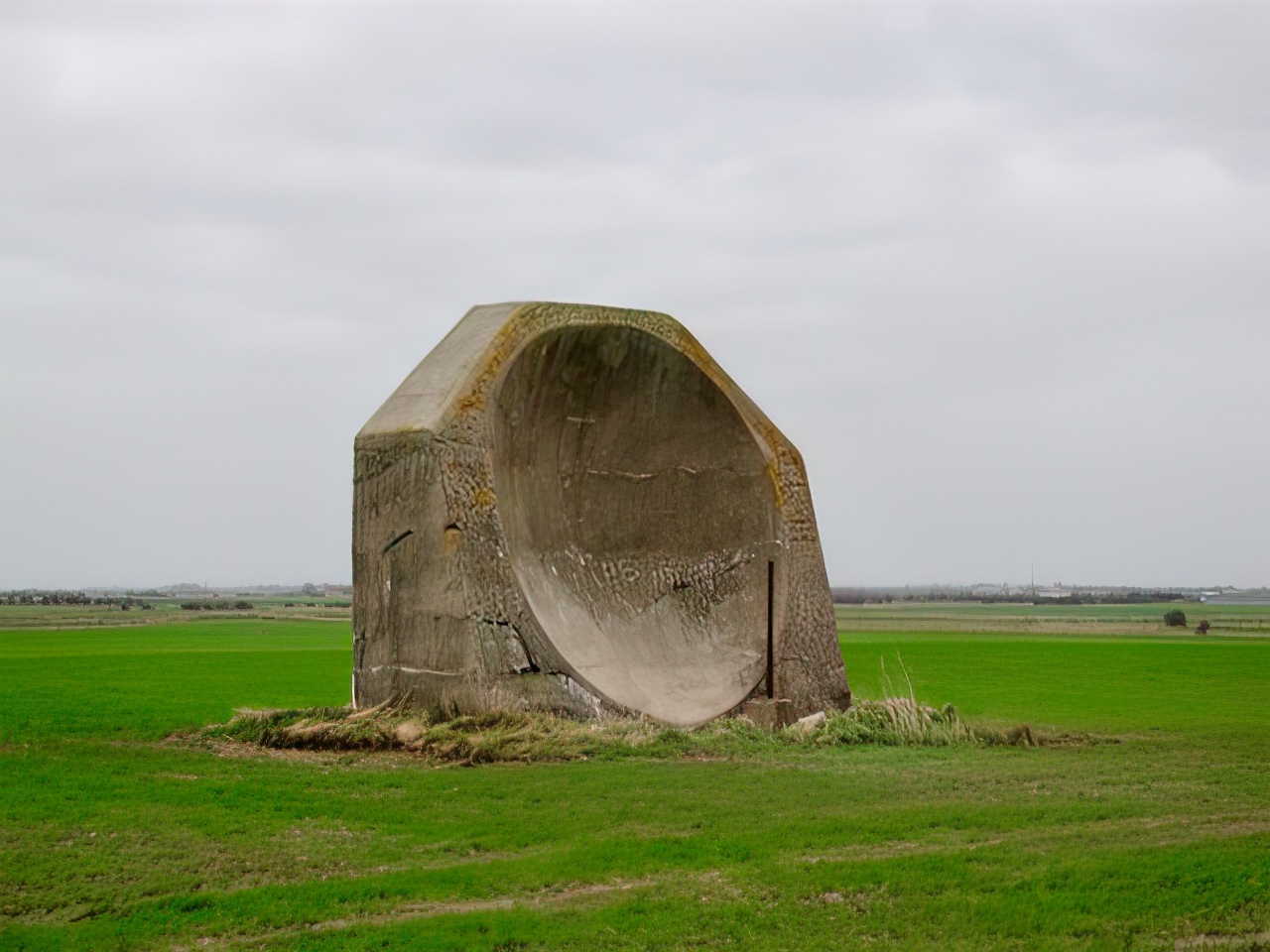
The largest of these mega-mirrors equipped with microphones had the longest detection range among all acoustic locators and could spot enemy aircraft flying some twenty miles away. There were even more ambitious plans for expanding the mirror network, but the advances in radar technology in the mid- and late 1930s eventually let the British government save money on concrete. These somewhat monstrous structures can still be found on the limestone cliffs of Kent near Hythe and Greatstone.
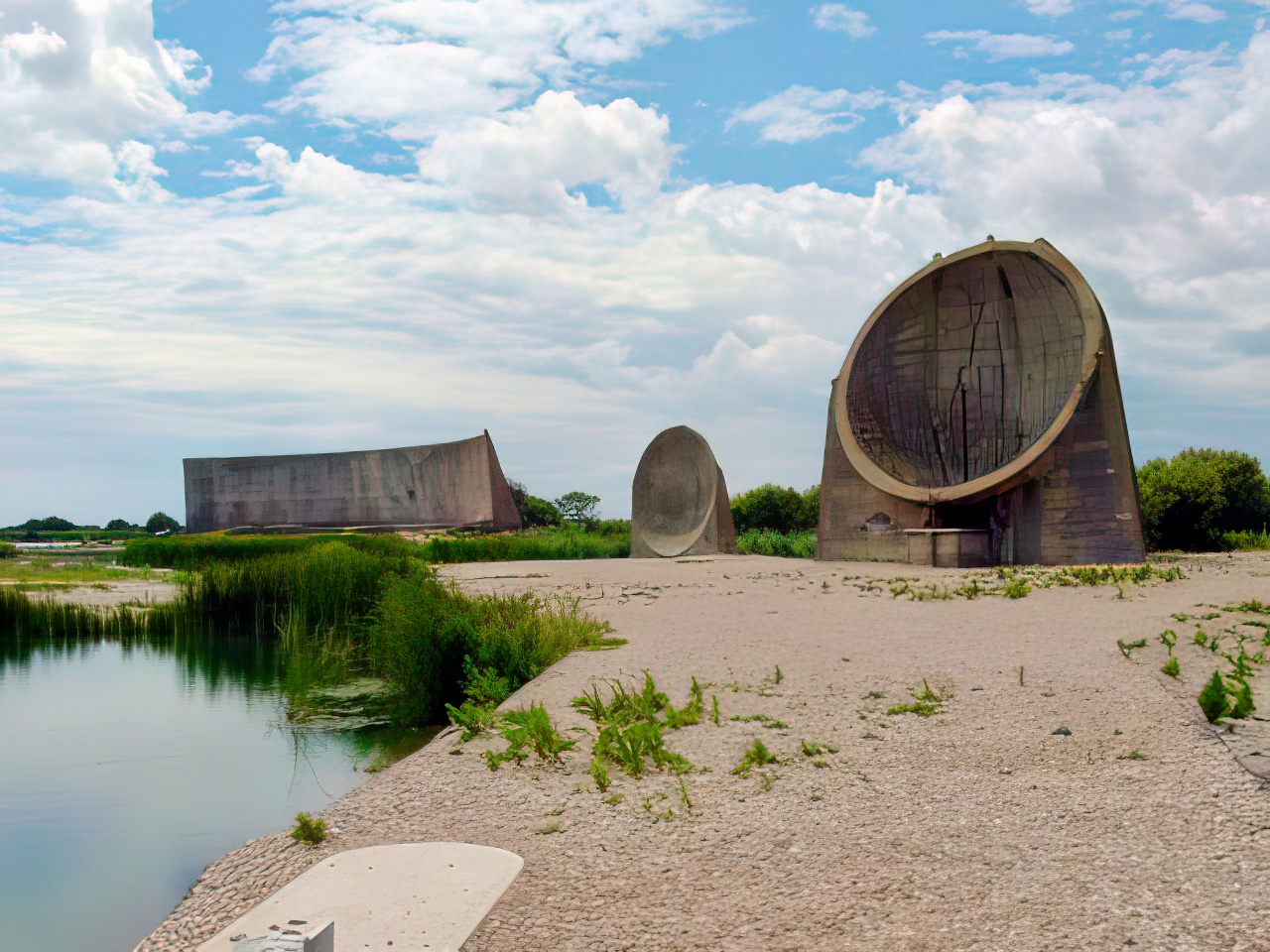
Outmatched by radar
When the radar technology became mature enough to be widely adopted by the military, it quickly became evident that radars outperformed any sound locators by a great margin. Range was key: most acoustic locators could only spot aircraft within several miles. Given constantly growing speed capabilities of aircraft, that gave air defenses only a few minutes’ warning. Meanwhile, powerful radars could spot aircraft many dozens of miles away. Although sound locators and radars coexisted for a short while during WWII, the days of ‘war tubas’ were numbered.
